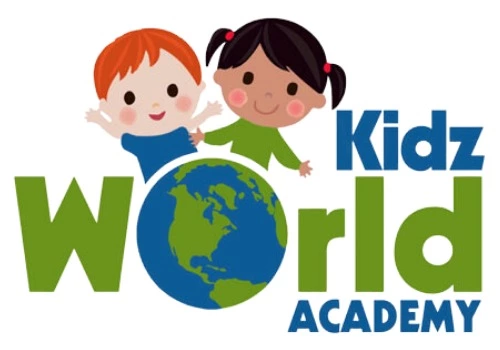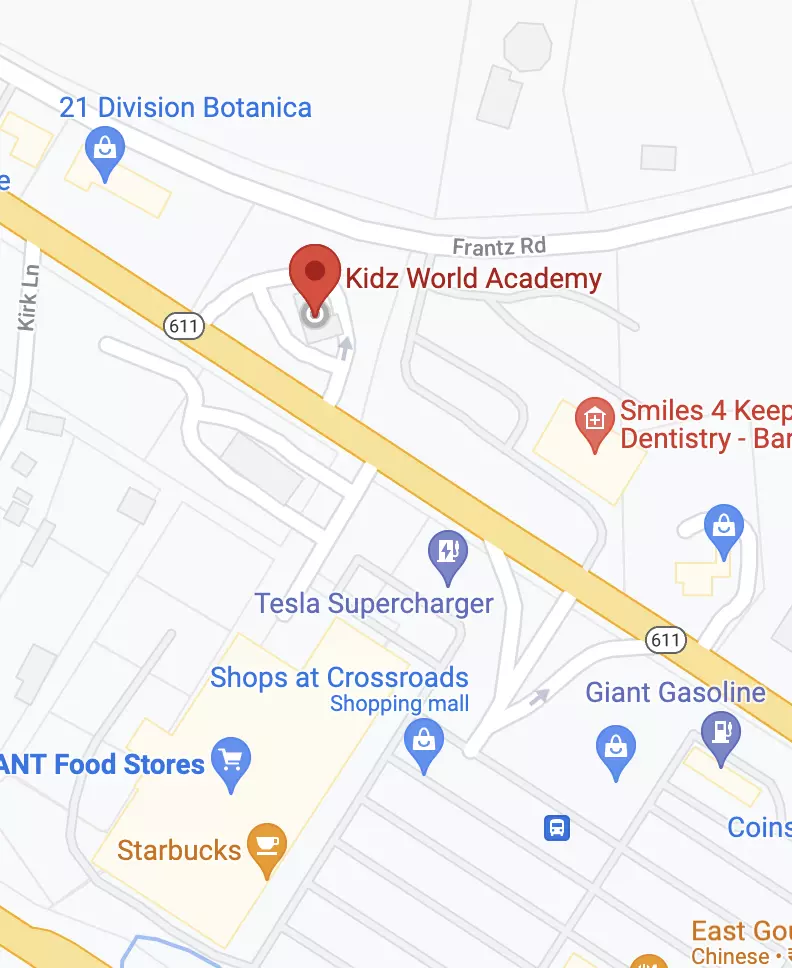Children go through many stages. Some stages are more complicated than others. As parents and caregivers, it is not always easy to juggle all the events which occur. Unfortunately, there is no miracle method. Each child is unique and develops in his own way. However, every problem has a solution. We must find the intervention which works for us and the child through trial and error.
Potty training is a stressful stage for many people. It is a stage full of questions and worry: “When should I begin potty training? How do I know if the child is ready? Why does my child refuse to use the potty?” Many people ask themselves these questions and so many others, and this is normal! We all want the best for our child or the children we care for. We all want to be as helpful for children at this stage. For this reason, here are a few things to reflect on as well as suggestions of different interventions which may help make this period smoother.
A little theory…
First of all, you may have noticed that the title of this article is “The potty training stage” and not “Potty training”, the title normally used to discuss the subject. In my opinion, this wording brings a whole new dimension to this developmental stage. When you think about it, this stage is a normal part of any child’s development, a stage he must succeed, just like walking. All children are potty trained sooner or later, whether we teach them or not. Out of curiosity, have you ever seen an elementary school student wearing a diaper (I am not including children with special needs, of course)? Personally, I have never seen a kindergartener who needed a diaper. It is important to keep in mind that children evolve at their own pace, yet they all succeed.
The potty training stage is sometimes difficult and this is mostly due to outside pressures. Society’s values have changed and it is not rare to see generational conflicts. Educational methods have changed drastically, they are much less rigorous. We must believe in our own capacities and interventions without succumbing to the comments of the people who surround us. Do not hesitate to encourage parents and invite them to trust themselves. One of the most beneficial methods is to wait until a child decides he is ready for this stage on his own. Keep in mind that the average age for a child to be potty trained is between 2 and 4 years old. This differs greatly from popular belief.
I do not feel that we should be obligated to potty train a child. Instead, go with the flow, and encourage him as soon as he demonstrates he is ready. A child must be ready psychologically and physically. A child’s self-esteem can be affected if potty training is begun too early. He will remember the failure and feel unable to satisfy the demands of the people who are close to him.
Ready to get started?
Observable signs
- The child’s diaper remains dry and clean for more than two consecutive hours.
- The child knows when his diaper is wet.
- The child wants to remove his diaper and wear underwear.
- The child can pull his pants down on his own.
- The child imitates an adult going to the bathroom.
- The child can go up and down stairs without holding the railing.
- The child can name his body parts.
- The child can express his needs.
- The child understands what he must do in the potty or toilet.
- The child is motivated to learn.
We must remember that regression is possible during stressful moments such as moving, the arrival of a new sibling, a change in daycares… If this occurs, we must reassure the child and have him verbalize his worry. Do not speak of possible accidents. Instead, boost his self-esteem by encouraging him and reminding him of his successes.
The practical side…
Setup
- Arrange your bathroom so it is easily accessible. Use a potty or a potty seat. It can be very scary for a child to sit on a big toilet. A child being afraid of falling in the hole may seem silly to an adult, but from his point of view, it is a perfectly understandable fear!
- A warm and inviting bathroom can only encourage a child to use it. Create an intimate corner if the bathroom contains more than one toilet or several potties. Using a partition or a small wall may be interesting options.
- Display illustrations of the steps involved when going to the bathroom nearby. The child will be able to visualize exactly what he is to do when he needs to use the toilet or potty.
Interventions
- Collaborating with parents is essential. Be sure to let each other know which interventions you are using. This will ensure continuity between a child’s two environments and therefore, avoid confusion. For this reason, a verbal or written description of the child’s day is vital.
- Everyone involved must be aware of the new situation. I suggest preparing small identification labels for the children in your group. You may use them to indicate whether each child is wearing a diaper or underwear, goes to the bathroom alone or with help, and when they succeeded the potty training stage. All personnel will be informed and continue the interventions. For these labels to be visible while respecting each child’s confidentiality, glue them to the wall placing all writing towards the wall with illustrations on top.
- Children are more comfortable going to the bathroom alone when their clothing is easy to remove and put back on. Invite parents to use clothing items with large buttons, or zippers.
- Avoid threats and punishment. Emphasize successes and play down failures. Help children believe in their capacities. In most cases, material rewards are unnecessary. Explain the advantages of using the bathroom to children: no more diapers, staying dry, etc. Congratulate and offer encouraging gestures as often as possible.
- Put your policy and interventions for this stage in writing. Distribute copies to parents at the beginning of the year. This avoids disagreements between caregivers and parents in the heat of the moment and allows you to work in close collaboration.
- When incidents occur, ask the child if he wishes to wear underwear. Involving him in the decision lessens the blow to his self-esteem if the incident reproduces itself a little later.
- Using a timer to refresh your memory that it is time to remind a child to go to the bathroom is unnecessary. Of course, there are times in the day, such as before going outside and before naptime, when all children must use the bathroom. Other than at these times, a child who is ready for this stage is perfectly capable of thinking about going to the bathroom on his own. Frequent reminders may have the opposite result. They may make a child lose interest altogether.
- When a child’s diaper has remained dry for a long period of time, you may suggest he go to the bathroom. However, if he refuses, forcing him is not an option. Accept his decision and wait. Do not worry, the day will come!
Activities
During the potty training stage, a child learns, among other things, to hold back and let go. He also discovers two matters he wasn’t really familiar with: urine and feces. You may accompany this discovery with a game involving different types of liquids (1) and materials (2) which may have varying forms.
- Water games: with bubble bath, with food colouring, with objects or containers which may be used to transfer water, etc.
- Modeling dough, salt dough, clay, etc.
- In your role play area, offer material which is related to the potty training stage: a potty, diapers, dolls, stuffed animals, wash cloths…
- Throughout this stage, children must learn to become more autonomous. They should be able to dress themselves with little or no help. To help them, offer dolls with clothing items which have buttons and zippers.
- As a group project, invite children to help you decorate the bathroom. They can create a room they will feel comfortable in.
Trust yourself and the child! Together, you will brilliantly succeed this stage!
(c) Educatall.com


